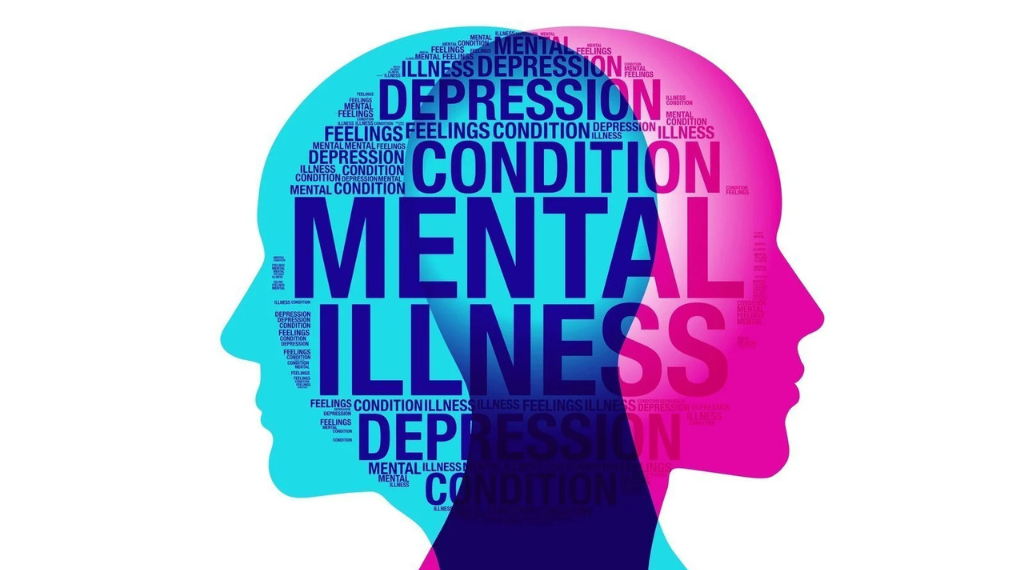Mental health disorders are an often-overlooked facet of overall well-being. They impact millions worldwide, cutting across age, gender, and socioeconomic boundaries. Understanding these disorders is crucial for fostering empathy, reducing stigma, and improving treatment outcomes.

What Are Mental Health Disorders?
Mental health disorders encompass a wide range of conditions that affect an individual’s mood, thinking, and behavior. These include anxiety disorders, mood disorders like depression and bipolar disorder, psychotic disorders such as schizophrenia, and others like obsessive-compulsive disorder (OCD) and post-traumatic stress disorder (PTSD).
Common Causes and Risk Factors
Mental health disorders arise from a complex interplay of factors:
- Biological Factors: Genetics, neurochemical imbalances, and brain injuries can predispose individuals to certain disorders.
- Psychological Factors: Traumatic experiences, chronic stress, and low self-esteem are significant contributors.
- Environmental Factors: Poverty, abuse, and exposure to violence can increase susceptibility.

Recognizing the Symptoms
While symptoms vary widely, common indicators include:
- Persistent sadness or irritability.
- Extreme mood swings.
- Excessive fear, worry, or anxiety.
- Withdrawal from social activities.
- Changes in sleeping or eating patterns.
- Difficulty concentrating.
Early recognition of these signs can lead to timely intervention and better outcomes.
The Stigma Surrounding Mental Health
One of the biggest challenges in addressing mental health disorders is the stigma associated with them. Misconceptions and stereotypes often lead to:
- Reluctance to seek help.
- Social isolation.
- Discrimination in workplaces and communities.

Breaking the Silence
Promoting mental health awareness is key to breaking the silence:
- Education: Public campaigns and school programs can dispel myths and provide accurate information.
- Support Systems: Encouraging open conversations and fostering inclusive environments can make a difference.
- Advocacy: Supporting mental health initiatives and policies ensures access to resources and treatment.
Treatment and Support

Effective management of mental health disorders often involves a combination of:
- Therapy: Cognitive-behavioral therapy (CBT), psychotherapy, and group therapy are common approaches.
- Medication: Antidepressants, antianxiety drugs, and mood stabilizers can help.
- Lifestyle Changes: Regular exercise, a balanced diet, and mindfulness practices enhance well-being.
- Community Resources: Support groups and helplines provide a sense of belonging and immediate assistance.
Moving Forward
Understanding and addressing mental health disorders require a collective effort. By fostering empathy, reducing stigma, and advocating for accessible resources, society can pave the way for a healthier, more inclusive future. Remember, mental health is as important as physical health, and seeking help is a sign of strength, not weakness.



